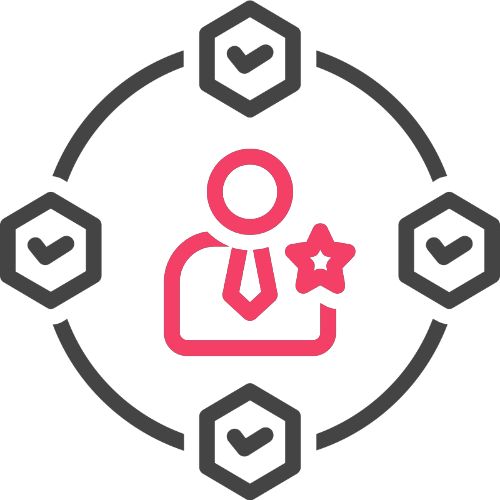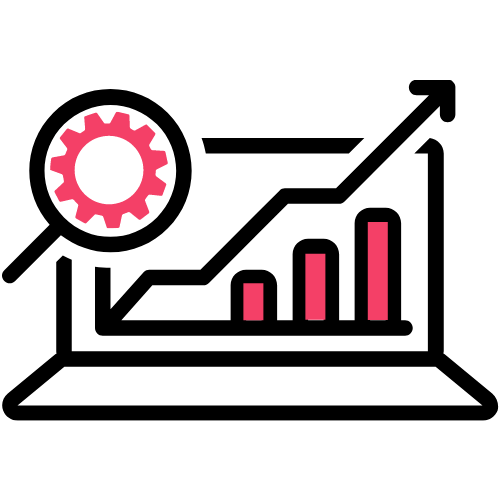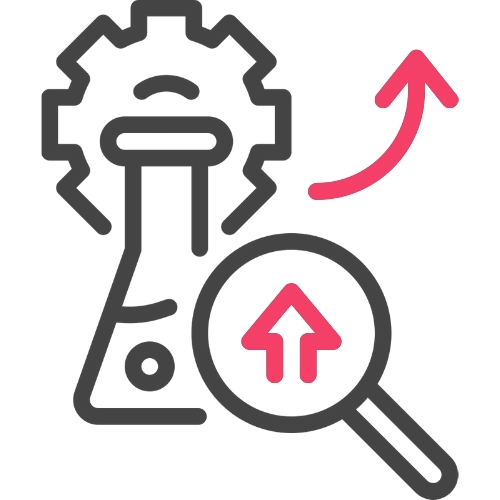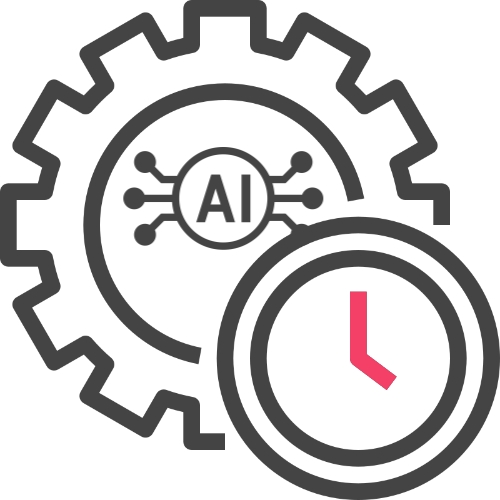In recent years, there has been a growing emphasis on optimizing energy consumption, reducing operational costs, and improving occupant comfort in buildings. Building analytics, coupled with the power of Internet of Things (IoT) based building management systems, has emerged as a game-changer in achieving these goals.
By leveraging advanced data analytics techniques and real-time monitoring, building analytics enables facility managers and operators to make informed decisions, enhance efficiency, and enhance overall building performance.
This article provides an in-depth exploration of building analytics and its pivotal role in transforming the way buildings are managed and operated.
Table of Contents
ToggleUnderstanding Building Analytics
Building analytics refers to the practice of utilizing data collected from various sources within a building, such as sensors, meters, and smart devices, to gain actionable insights and optimize operations. It involves the application of advanced analytics techniques, including data mining, machine learning, and predictive modeling, to extract valuable information from the collected data.
By analyzing and interpreting this data, building analytics helps identify areas for improvement, predict equipment failures, optimize energy usage, and enhance occupant comfort.
Key Benefits of Building Analytics
1. Energy Efficiency

One of the primary benefits of building analytics is its ability to improve energy efficiency. By monitoring energy consumption patterns, identifying energy wastage, and suggesting optimization measures, building analytics enables significant energy savings and reduced carbon footprints.
It empowers facility managers to make data-driven decisions, implement energy-saving strategies, and optimize the performance of building assets & equipment such as HVAC, lighting, refrigeration, UPS, and other systems.
2. Operational Cost Reduction

Building analytics plays a crucial role in reducing operational costs by identifying inefficiencies and recommending cost-saving measures. By analyzing data related to equipment performance, maintenance schedules, and resource allocation, it helps optimize operations, prioritize maintenance tasks, and minimize downtime.
Moreover, predictive analytics algorithms can anticipate potential equipment failures, allowing for proactive maintenance and avoiding costly emergency repairs.
3. Improved Occupant Comfort

Building analytics also focuses on enhancing occupant comfort and satisfaction. By monitoring environmental parameters such as temperature, humidity, and air quality, it can identify areas where adjustments are needed to create an optimal indoor environment.
Real-time monitoring and predictive analytics help maintain consistent comfort levels, leading to increased productivity and satisfaction among building occupants.
4. Sustainability & Green Building Certifications

With the increasing emphasis on sustainability, green building certifications have become a significant differentiator for many buildings. Building analytics aids in achieving these certifications by monitoring and optimizing energy usage, identifying opportunities for renewable energy integration, and implementing energy-efficient practices.
By actively tracking and reporting sustainability metrics, building analytics systems support organizations in meeting the stringent requirements of green building certifications.
Read about how Zenatix powers Retailer’s Journey to IGBC Green Building Compliance
The Role of IoT-Based Building Management in Building Analytics
IoT-based building management systems are instrumental in enabling effective building analytics. These systems comprise a network of interconnected sensors, devices, and equipment that collect and transmit real-time data to a central platform. IoT enables the seamless integration of diverse building systems, such as HVAC, lighting, security, and occupancy monitoring, into a unified infrastructure.
By harnessing the power of IoT, building management systems provide a continuous stream of data that fuels building analytics processes. Sensors placed throughout the building monitor various parameters, such as temperature, occupancy, energy consumption, and equipment performance. This data is then aggregated, analyzed, and visualized through advanced analytics platforms, providing valuable insights to stakeholders.
IoT-based building management systems offer several advantages in the context of building analytics
1. Data Collection

IoT devices generate vast amounts of data from different sources within a building. This real-time data collection provides a comprehensive understanding of building operations and performance, forming the foundation for effective analytics.
2. Real-time Monitoring

IoT sensors enable continuous monitoring of critical parameters, allowing facility managers to have real-time visibility into the building’s performance. This real-time monitoring facilitates prompt identification of anomalies, deviations, or potential issues, enabling proactive actions to address them promptly.
3. Automation and Control

IoT-based building management systems allow for automated control of various building systems based on data-driven insights. For example, an analytics platform can analyze occupancy patterns and adjust HVAC and lighting systems accordingly, optimizing energy usage and occupant comfort.
4. Integration and Scalability

IoT-based building management systems offer seamless integration with existing building infrastructure and systems. They can easily connect with a wide range of sensors, meters, and devices, enabling holistic data collection and analysis. Moreover, these systems are highly scalable, allowing for the addition of new sensors and devices as needed.
5. Predictive Analytics

By combining IoT-generated data with advanced analytics techniques, predictive analytics can be employed to forecast equipment failures, optimize maintenance schedules, and minimize downtime. This proactive approach helps prevent costly breakdowns, extend equipment life cycle, and improve overall operational efficiency.
6. Cloud-Based Platforms

IoT-based building management systems often leverage cloud-based platforms to store and process large volumes of data efficiently. Cloud-based platforms offer scalability, reliability, and accessibility, enabling stakeholders to access analytics insights from anywhere, anytime. This accessibility fosters collaboration among facility managers, operators, and other stakeholders, enhancing decision-making and problem-solving processes.
Building analytics, empowered by IoT-based building management systems, is revolutionizing the way buildings are managed and operated. By harnessing the power of data analytics and real-time monitoring, it enables organizations to optimize energy consumption, reduce operational costs, enhance occupant comfort, and achieve sustainability goals.
The seamless integration of IoT devices and sensors within buildings provides a continuous stream of data, which is leveraged to drive data-driven decision-making, proactive maintenance, and automation.
As buildings continue to evolve into intelligent and connected spaces, building analytics will play an increasingly pivotal role in driving efficiency, performance, and sustainability in the built environment.
